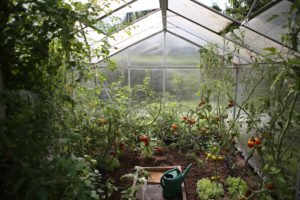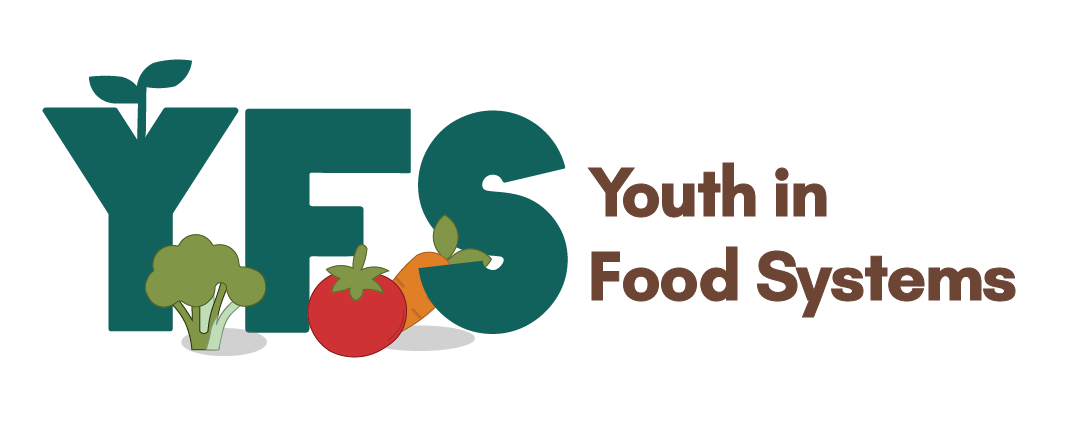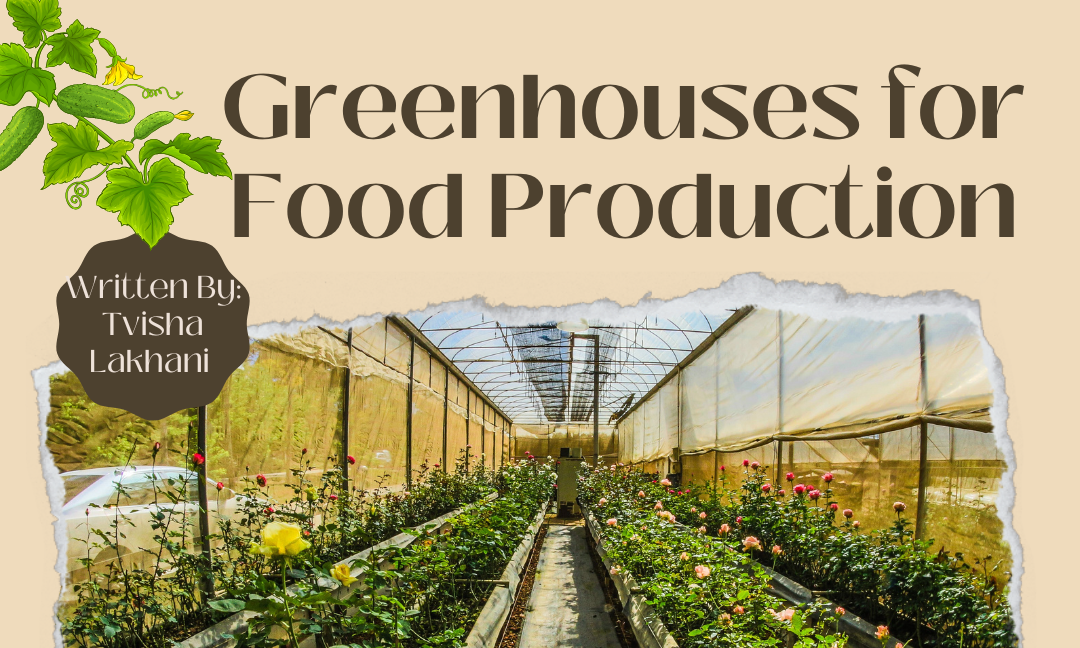Written by: Tvisha Lakhani
Edited by: Sunnie Huang
Designed by: Alessa Zaitseva
Published by: Maryam Khan
What comes to your mind when someone says the word ‘agriculture’? A sun-baked expanse of wheat and grains swaying in the wind? Large squares of green, each carrying a different crop? Greenhouses challenge this conventional view.
Greenhouses are growing systems with controlled indoor environments. Modern greenhouses are generally made of clear or translucent materials like glass, and house a variety of species to be used for medicinal, food, or decorative purposes. Greenhouses control many factors like temperature, humidity, and lighting, allowing the growth of plants that may not necessarily be able to survive in the weather conditions of a particular area.

But that begs the question, how do they help plants grow? Greenhouses work by letting solar energy, or light, in. This energy is used by the plants inside for photosynthesis, and is later remitted by them in the form of thermal energy, or heat. The walls of the greenhouse don’t let heat escape as easily, maintaining a warm temperature inside.
While indoor growing systems have been used as early as Roman times, the first modern greenhouse was built by Charles Lucien Bonaparte a few centuries ago. Today, greenhouses are used all over the globe, and Canada is one of the world leaders in greenhouses. According to RBC, almost 40% of all of Canada’s fresh produce exports are vegetables grown in greenhouses. Greenhouse agriculture has increased steadily over the past several years, and it’s expected to double in land area over the next decade.
With advancing technology, newer greenhouses are also housing more than just soil-based growing systems. Many greenhouses equip the use of methods such as aeroponics (which gives a nutrient rich mist to the roots) and hydroponics (which grows plants in nutrient-rich water systems).
Greenhouse agriculture is beneficial in many ways. As climate change worsens, many agricultural areas will be impacted by unpredictable rainfall patterns, drought, flooding, and other extreme weather events. Greenhouses provide a way to grow food without being reliant on climatic conditions. Furthermore, greenhouses take up a lot less space, and with their efficiency becoming better every day, they can drastically reduce the amount of land required for traditional farming, and this space can then be used for other purposes such as housing, green spaces, etc. Lastly, as the world population increases, food insecurity is also becoming more and more of a concern. Local greenhouses can ensure people have access to cheap and fresh food, and meet food demand.
Greenhouses currently face many challenges, including cost and emissions. Greenhouses are expensive to build and maintain, and most Canadian greenhouses are powered by natural gas. As Canada looks toward the future of greenhouses, it must ensure to overcome these challenges first.
Resources:
- https://blog.growlink.com/the-history-of-greenhouses
- https://thoughtleadership.rbc.com/the-greenhouse-boom-how-indoor-farming-can-transform-food-production-and-exports/
- https://earthobservatory.nasa.gov/images/152874/a-greenhouse-boom-in-china
- https://hrbg.org.jm/blog_item/top-benefits-of-a-greenhouse/
- https://www.gardenweasel.com/groundbreakingtips/greenhouses-pros-cons/
- https://energy.techno-science.ca/en/climate-101-greenhouse-effect.php
- https://spiderfarmer.eu/blog/how-does-a-greenhouse-work/
Image Credit:

